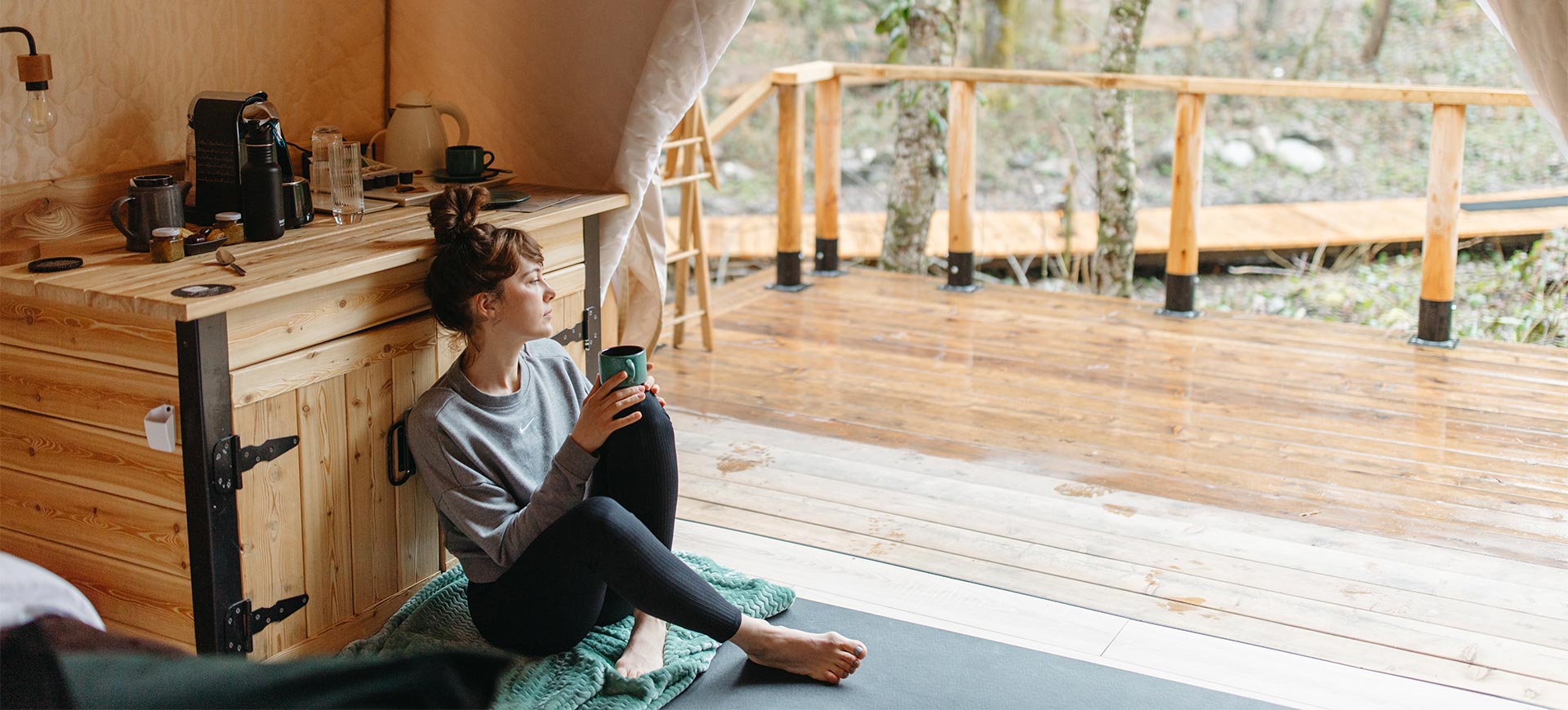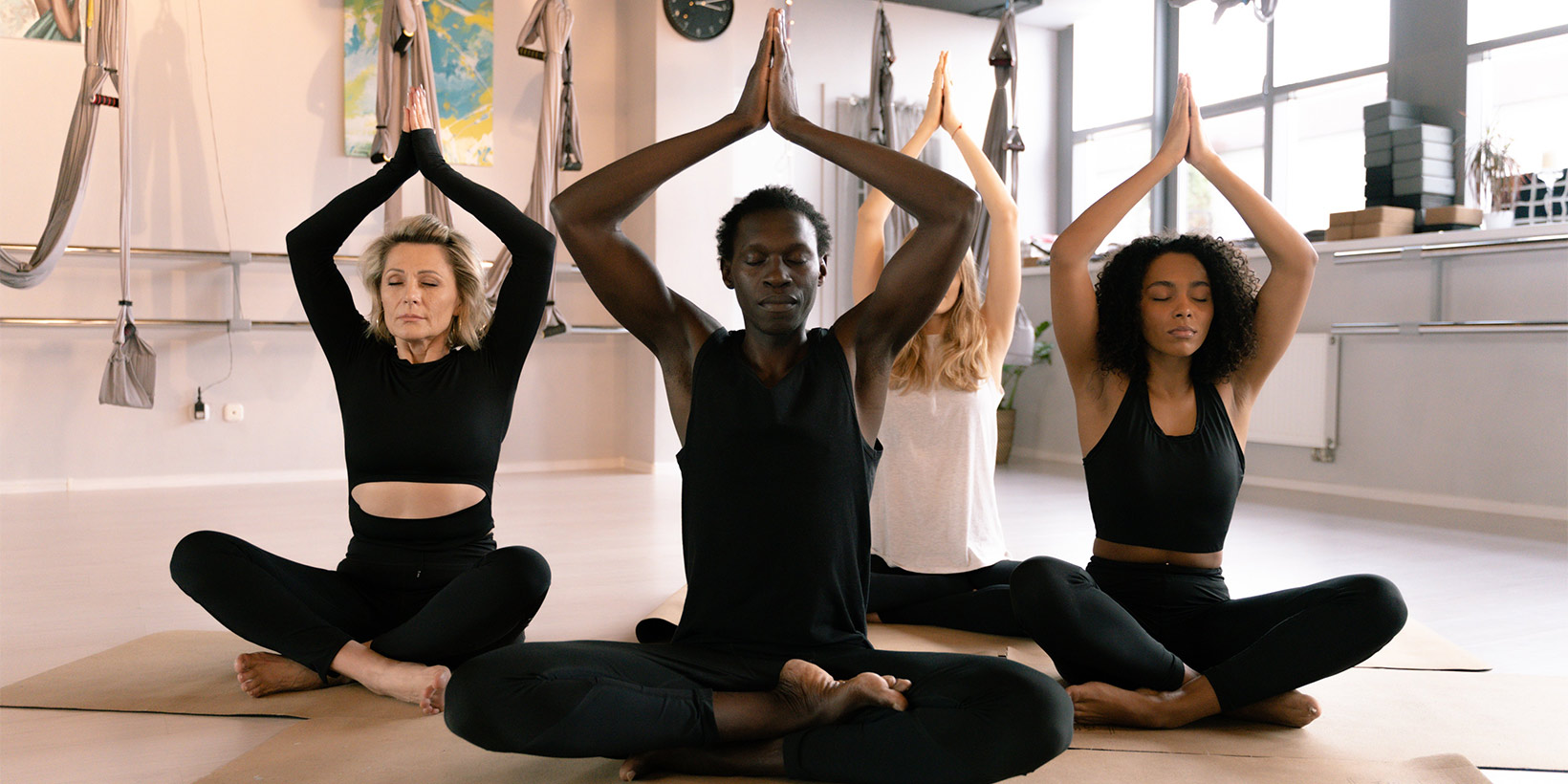
The Power of Silence: a More Conscious Way of Cueing
If there’s one thing I’ve learned during my experience as a writer is that words can be really tricky. As a yoga teacher, you surely know how hard it is at times, to know what to say and how to choose the right amount of words to use while cueing. Since I’ve started practising yoga, I’ve met so many teachers who were loving, caring and incredibly skilled, yet I saw myself and other yogis giving up their classes in no time.
The reason behind this seemingly harsh and hasty decision is only because of words; or better said, the stream of words that the teacher would uncontrollably throw onto us while cueing. And believe me when I say that it was literally overwhelming.
I remember being soaked in sweat, shaking uncontrollably while twisting myself into complicated poses, struggling to keep a focus on what I was doing because of the teacher’s unstoppable chatter. I have to admit it was quite an unpleasant experience: I finished the lesson feeling knackered, confused, and overfilled with concepts I couldn’t really understand.
Because yoga is truly effective if we learn to look into ourselves: this is the only possible way we can really discover and learn more about our true persona
The thing is that multitasking can be exhausting, both for teachers and yogis, and it has little if nothing to do with yoga. Obviously, I’m speaking here as a yogi, but I can perfectly imagine that the teacher’s goal is just to offer us the best possible experience.
After all, isn’t it way easier for everyone to just do one thing at a time? Maybe we should all try to be more minimalist, even when it comes to words. The trick is just knowing which words to use and when to use them.
Balance is key
I totally get it: sometimes you feel like you have so much to say to your beloved yogis, and think that they might need a deeper insight into yoga’s philosophy. Or maybe you’re simply a natural extrovert who likes sharing a joke while teaching just to break the ice, especially with new yogis.
And there’s absolutely nothing bad about it. But trust me, sometimes silence can speak more than a thousand words: it can be a powerful teaching tool if used thoughtfully. Yet some people feel the pressure of silence and try to fill every gap with words, but as in everything, this idea can have a rather disappointing outcome.
Before going any further, let’s also specify that the total absence of words doesn’t make a great class either. You should also make sure your yogis are getting the best from the pose and they won’t surely get it just by staring at you. As in everything, the key to a successful class is just finding the perfect balance. The balance between quiet and chit-chat. And those chit-chat should also be carefully hand-picked.
Yes, it’s true, sharing a story can definitely help to create a more laid-back atmosphere. But what you also need to consider is that some yogis may not like hearing a funny moment of your day or a long discourse on yoga philosophy while catching their breath in a tricky asana. So instead of getting trapped in an unstoppable flow of words, just try to allow your yogis to get trapped in the beautifully harmonious flow of poses and breath.

Let the breath do it all
I guess that the best way to teach is to wear your yogi's shoes and remember what you liked as a yogi. When we attend a yoga class we expect to find a quiet place that would give us some peace of mind. Because yoga is truly effective if we learn to look into ourselves: this is the only possible way we can really discover and learn more about our true persona.
Try to see teaching yoga as a sort of meditation, so whenever a thought or an idea pops into your head, think twice before saying it out loud. Is it really important to our practice? If not, just let it go and focus on what’s really valuable.
Also, when you give too much info, some may feel a bit disoriented, because they find it hard to keep up with what you’re saying and absorb every concept. I don’t know if you ever thought about it, but hearing someone constantly telling you what to do and how to feel can be slightly annoying to some.
So if your goal is to offer your yogis the best yoga class try to let them just become more aware of their bodies and minds, shifting the focus on their breath.
Let them sink down in their own personal space, don’t be too intrusive but help them get into a pose safely.
Just enjoy the silence and let the breath do it all! This way you’re giving them an amazingly useful tool: you’re giving them their space to become more self-aware. This way they can help themselves to become their own masters. Because just like the honourable Swami Vivekananda once said: “there is no better teacher than your soul”.






